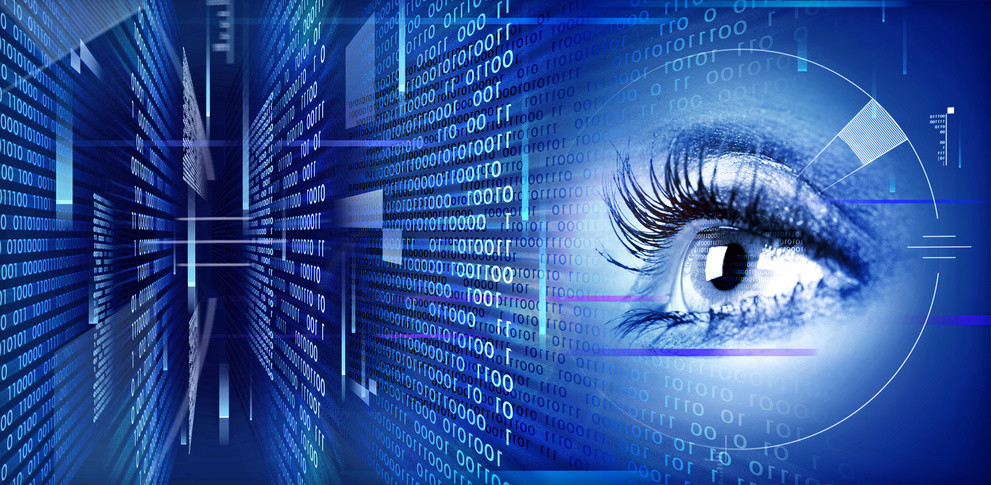Corporate Security Revealed: Safeguarding Your Assets and Online reputation
Corporate Security Revealed: Safeguarding Your Assets and Online reputation
Blog Article
From Cybersecurity to Physical Steps: Reinforcing Business Safety in a Transforming World
By integrating the strengths of both cybersecurity and physical security, firms can develop an extensive protection method that resolves the diverse variety of hazards they deal with. In this conversation, we will certainly discover the altering hazard landscape, the need to integrate cybersecurity and physical security, the implementation of multi-factor authentication actions, the relevance of worker awareness and training, and the adaptation of safety and security procedures for remote labor forces. By examining these crucial locations, we will certainly acquire valuable insights into just how companies can reinforce their company protection in an ever-changing globe.
Understanding the Transforming Threat Landscape
The progressing nature of the contemporary world necessitates a detailed understanding of the changing danger landscape for efficient business safety and security. In today's electronic and interconnected age, risks to corporate security have become a lot more complicated and sophisticated. As modern technology developments and companies come to be increasingly reliant on digital facilities, the capacity for cyberattacks, information violations, and other safety violations has actually dramatically increased. It is vital for companies to remain notified and adjust their security determines to address these developing hazards.
One trick aspect of recognizing the altering danger landscape is identifying the various sorts of threats that organizations deal with. Cybercriminals are continuously developing new methods to exploit susceptabilities in computer system systems and networks. These dangers can vary from malware and ransomware assaults to phishing rip-offs and social engineering methods. Furthermore, physical risks such as burglary, vandalism, and corporate reconnaissance stay common problems for organizations.
Monitoring and examining the danger landscape is vital in order to determine possible threats and vulnerabilities. This includes remaining upgraded on the most recent cybersecurity trends, evaluating danger intelligence reports, and carrying out regular risk assessments. By comprehending the changing risk landscape, companies can proactively execute proper safety procedures to alleviate threats and shield their properties, reputation, and stakeholders.
Integrating Cybersecurity and Physical Security
Incorporating cybersecurity and physical protection is essential for extensive business defense in today's electronic and interconnected landscape. As companies increasingly depend on innovation and interconnected systems, the boundaries between physical and cyber dangers are coming to be obscured. To efficiently safeguard against these risks, an alternative technique that incorporates both cybersecurity and physical security actions is crucial.
Cybersecurity concentrates on shielding electronic possessions, such as systems, networks, and data, from unauthorized accessibility, disruption, and burglary. Physical protection, on the other hand, incorporates steps to secure physical possessions, people, and centers from susceptabilities and threats. By integrating these 2 domain names, companies can address vulnerabilities and threats from both electronic and physical angles, thereby enhancing their overall security pose.
The assimilation of these two techniques allows for a more extensive understanding of safety risks and makes it possible for a unified action to incidents. For instance, physical gain access to controls can be improved by incorporating them with cybersecurity methods, such as two-factor verification or biometric identification. Cybersecurity steps can be complemented by physical protection steps, such as security electronic cameras, alarms, and safe and secure gain access to points.

Carrying Out Multi-Factor Verification Steps
As companies significantly prioritize extensive protection procedures, one efficient approach is the application of multi-factor authentication measures. Multi-factor authentication (MFA) is a safety approach that needs customers to offer multiple forms of identification to access a system or application. This strategy adds an additional layer of protection by incorporating something the customer understands, such as a password, with something they have, like a finger print or a security token.
By applying MFA, companies can dramatically enhance their protection pose - corporate security. Standard password-based verification has its limitations, as passwords can be conveniently endangered or forgotten. MFA alleviates these dangers by including an added verification variable, making it harder for unapproved people to acquire access to sensitive info
There are a number of kinds of multi-factor verification techniques offered, including biometric verification, SMS-based confirmation codes, and equipment tokens. Organizations require to evaluate their particular needs and choose the most ideal MFA option for their demands.
Nonetheless, the implementation of MFA should be meticulously planned and performed. It is essential to strike an equilibrium between security and functionality to stop user aggravation and resistance. Organizations ought to also consider prospective compatibility issues and offer ample training and support to guarantee a smooth shift.
Enhancing Staff Member Awareness and Training
To strengthen company protection, organizations need to focus on improving worker recognition and training. Numerous safety breaches happen due to human error or absence of understanding.
Reliable employee recognition and training programs must cover a large range of subjects, including data protection, phishing attacks, social design, password hygiene, and physical protection procedures. These programs need to be tailored to the details needs and duties of different employee functions within the company. Regular training simulations, sessions, and workshops can aid workers create the essential abilities and expertise to identify and respond to safety hazards efficiently.
In addition, organizations should motivate a culture of safety and security awareness and offer continuous updates and suggestions to maintain employees notified regarding the current threats and reduction techniques. This can be done through interior communication channels, such as e-newsletters, intranet sites, and e-mail projects. By cultivating a security-conscious workforce, organizations can considerably decrease the chance of security occurrences and protect their valuable properties from unapproved gain access to or compromise.

Adapting Protection Measures for Remote Labor Force
Adjusting corporate security procedures to fit a remote labor force is necessary in ensuring the security of sensitive info and possessions (corporate security). With the increasing pattern of remote work, companies should execute proper security steps to mitigate the risks related to this new way of working
One important element of adjusting safety actions for remote job is establishing protected communication networks. Encrypted messaging platforms and online exclusive networks (VPNs) can find this help protect delicate information and protect against unauthorized access. Additionally, companies should impose using solid passwords and multi-factor authentication to improve the protection of remote accessibility.
Another vital factor to consider is the execution of secure remote gain access to remedies. This involves offering workers with safe and secure access to corporate resources and information with digital desktop computer infrastructure (VDI), remote desktop methods (RDP), or cloud-based services. These modern technologies make sure that delicate information stays protected while enabling staff members to perform their functions efficiently.

Last but not least, detailed safety understanding training is critical for remote employees. Training over here sessions should cover ideal techniques for firmly accessing and managing sensitive information, determining and reporting phishing attempts, and keeping the overall cybersecurity check my site health.
Conclusion
In conclusion, as the risk landscape continues to advance, it is vital for companies to enhance their protection determines both in the cyber and physical domain names. Incorporating cybersecurity and physical safety and security, carrying out multi-factor verification actions, and improving employee recognition and training are crucial actions in the direction of achieving robust business protection.
In this discussion, we will check out the altering danger landscape, the demand to incorporate cybersecurity and physical safety and security, the execution of multi-factor authentication measures, the significance of staff member recognition and training, and the adaptation of protection procedures for remote workforces. Cybersecurity steps can be complemented by physical safety and security measures, such as monitoring cams, alarm systems, and protected access factors.
As companies increasingly focus on extensive safety procedures, one reliable method is the execution of multi-factor verification actions.In conclusion, as the hazard landscape continues to progress, it is important for companies to enhance their safety and security determines both in the cyber and physical domain names. Incorporating cybersecurity and physical safety and security, implementing multi-factor authentication actions, and enhancing worker understanding and training are vital steps towards achieving robust business protection.
Report this page